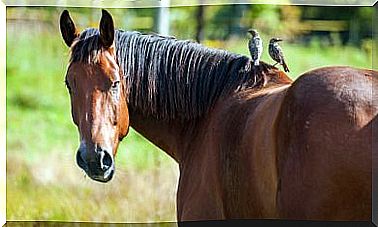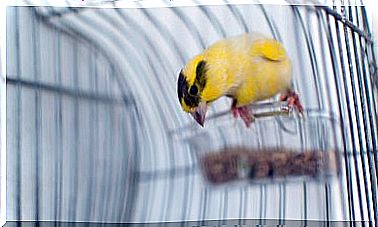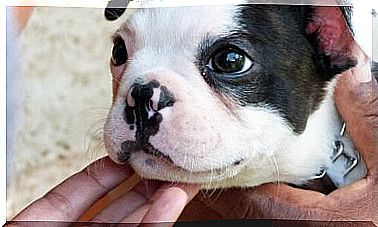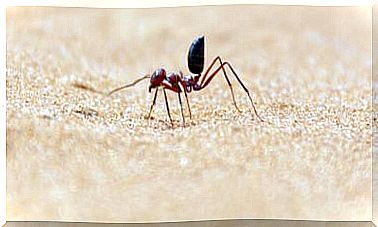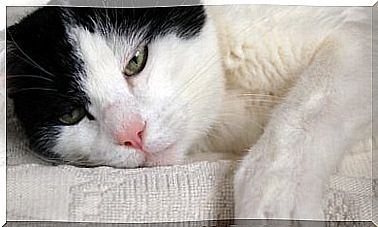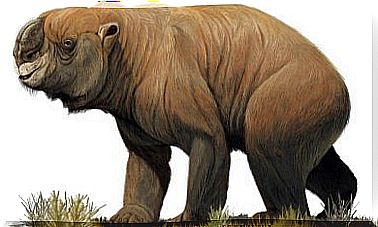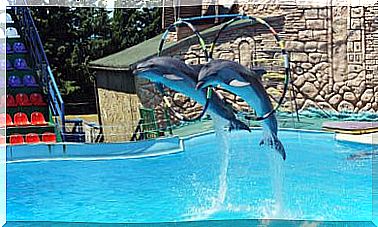Scincopus Fasciatus: Care And Characteristics
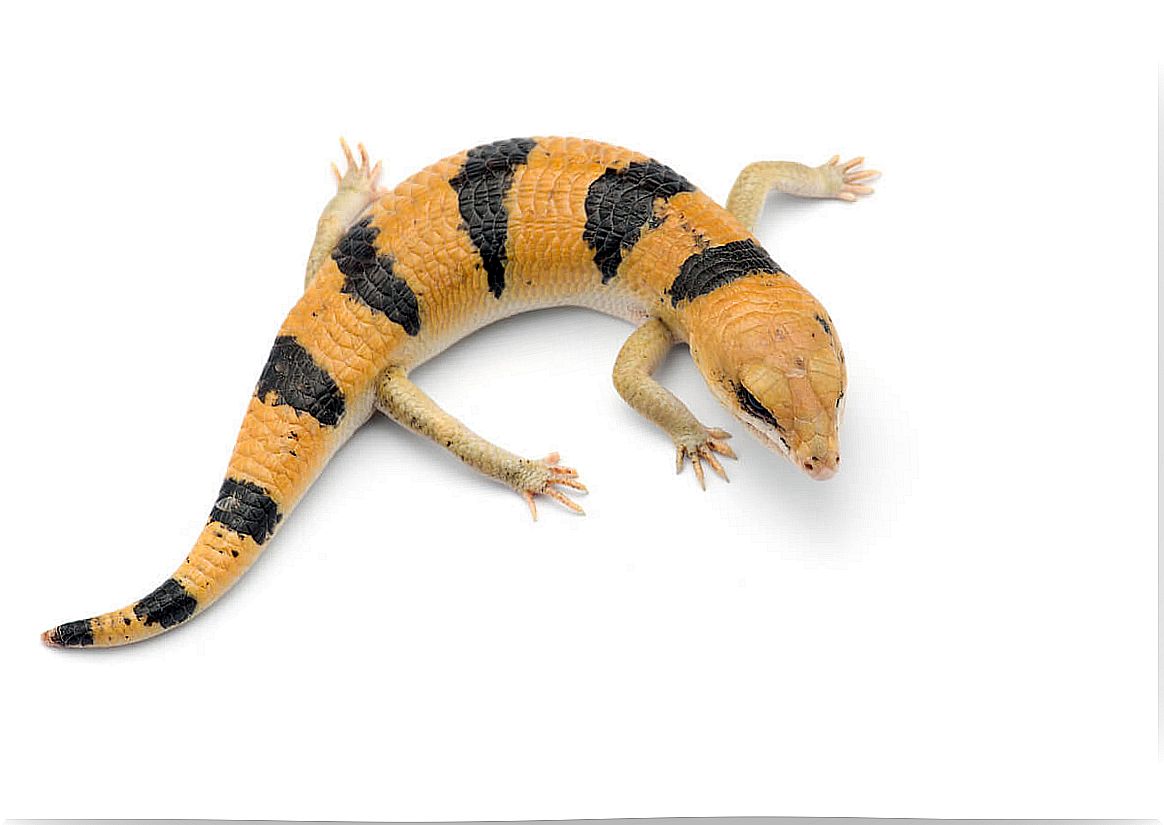
Scincopus fasciatus is the scientific name for the reptile that we present to you today, also known as Niger’s banded skink or Peter’s banded skink —in its English translation. It is a very little known species that, without a doubt, is never usually considered as a possible exotic pet.
Beyond what it may seem due to its large and plump appearance, this reptile is one of the most peaceful that you can find in nature. It is an animal that perfectly accepts manipulation by the tutor and, in many cases, will interact positively with him. If this little animal has already caught your attention, keep reading.
Initial considerations
In these first lines we go directly to any possible buyer, because you have to be very careful when buying exotic animals. It is the guardian’s obligation to ensure that his animal comes from a kennel, as those pets raised in captivity are accompanied by a document that confirms it.
Laws vary by country but, in general, any animal not included in the CITES convention – which protects wild animals from sale – is susceptible to being removed from the wild for trade. Therefore, from here we strongly discourage the purchase of any WC animal – wild caught -, that is, captured in its natural environment.
According to the International Union for Conservation of Nature (IUCN), the species Scincopus fasciatus is listed as Data Defficient (DD). This means that there is not enough information about their wild populations to determine their conservation status, so buying a wild specimen is even more inadvisable.

Scincopus fasciatus care
After this gloomy —but important— preliminary consideration, it is time to immerse ourselves in the care and needs of this fascinating animal. In the first place, it is necessary to detail that this reptile reaches about 25 centimeters in length, so its terrarium must be of considerable dimensions.
In general, a glass installation that is 70 centimeters long by 30 centimeters wide and another 30 centimeters long may be sufficient for one specimen. If you want to have a partner, it is advisable to double these dimensions —except for the height, which can be 30 centimeters.
A desert ecosystem
The cabin must simulate a completely desert ecosystem, as this animal is originally from North Africa. To do this, the most basic thing is to place a layer of sand as a substrate about 10 centimeters thick. The Scincopus fasciatus are exclusively fosores, so they spend much of the day buried in the sand.
It is also essential that the sand is specific for reptiles, that is, that it is composed of calcium carbonate. This element is digestible, so the animal can accidentally ingest it without causing intestinal impaction.
For the rest, the installation must have rocks and branches, just as a true landscape in the desert would be composed. Finally, placing a small bowl of water is essential, so that the animal can drink whenever it wants.
Environmental requirements
We are facing a species used to very high temperatures. For this reason, a thermal blanket should be placed under the substrate – which is a heat point – and a heat-producing lamp for the general temperature of the terrarium.
- The terrarium should have a hot spot at about 46 degrees Celsius.
- The rest of the installation must be around 30 degrees during the day.
- This value can drop to 25-26 degrees at night.
When it comes to humidity, there is no need to worry. With a small container with water it will be more than enough for the animal to drink and to produce a natural environmental evaporation.
Feeding
Here comes the funniest part, as these reptiles are omnivores and accept many types of food. Their basic diet should be made up of small invertebrates – crickets, cockroaches and worms – smeared with calcium. Still, this animal has a surprisingly varied diet. We show you some examples:
- Boiled egg
- Raw vegetables.
- Green peas.
- Carrots
- Lettuce.
- Blueberries

An exotic pet full of personality
This reptile is friendly, not nervous or aggressive, open to manipulation and very active from the afternoon. It is one of the most interactive exotic animals that can be found, since it usually eats from the hand of the tutor without any problem.
Despite all these virtues, this skink is difficult to find in many specialized farms, as it has not yet acquired the fame of other reptiles – such as the leopard gecko – in the field of terrophilia. Still, it is an excellent pet that can accompany its guardian for more than 20 years.
